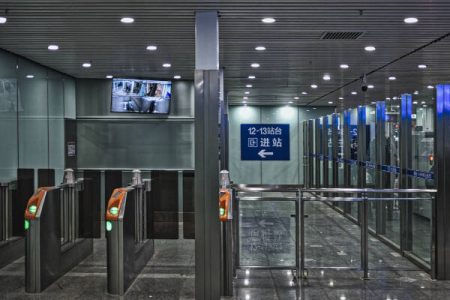For years, airport security has been more reactive than proactive. The last 20 years has brought a different, no-nonsense attitude to protecting the safety of travelers
It’s no secret to anyone that airports all around the world are hotbeds for major breaches in security. Especially so in the last 20 years, where security measures and protocols have been fighting an uphill battle to keep terrorist cells and their operatives under control. In the wake of the thankfully few attacks that have managed to seep through the cracks brought with it innovation in security screening and its associated technologies. Today, we will look at some of the most prevalent aviation disasters in the last two decades and the resolutions they brought to the industry.
A good place to start is on the eve of the worst aviation and terrorist attack of all time: the September 11 attacks. Everyone knows the events that took place on that day but what has garnered less attention is the security landscape for airports at the time. It is estimated that only about 5% of travellers’ luggage was checked in early 2001, with no regulations put in place for who – or what – was coming through the doors of the airport. This statistic may look appalling to us now but it’s important to note the attitudes towards airline terrorism at this time: no amount of violence even remotely close to the scale of the September 11 attacks had ever been conducted, which is why and how Al-Qaeda was able to exploit this weakness to conduct a plot of this magnitude.
Swift and decisive action was taken by the US – and other institutions around the globe – to ensure this catastrophe could never happen again. Henceforth, the percentage of bags checked by airport security increased from 5% to 100% and an additional “Sept. 11” fee was introduced to ticket prices that helped contribute to building security infrastructure. To aid in this, the Transportation Security Administration (TSA) was founded and received $1.2bn in funding in its first year, which peaked to just under $8bn in 2020. All of this served to prevent violent compounds and persons from boarding aircraft – however, a blind spot in this new legislation meant that terrorists could still enter the airport relatively unimpeded.
No other case study exemplifies this more than the shooting at Los Angeles International airport in 2013. The shooter was able to get a lift to the airport from a housemate, carrying with him bags containing a semi-automatic combat rifle and several hundred rounds of ammunition, before setting foot inside the airport and opening fire at a TSA officer at a security checkpoint, eventually killing him and injuring a few others. He was allowed to continue his rampage through the airport for a while after before he was apprehended by off-site authorities. It was later revealed that the assailant was specifically targeting TSA officers which meant that a lot of civilian casualties were avoided.
The backlash in response to this shooting was immediate: the security practices and staff were scrutinised by the media and questions were asked as to how such a thing was allowed to occur in the first place. Speaking in 2013, the then-president of the American Federation of Government Employees, J. David Cox Sr, said this in response to what more could be done to prevent shootings like these: “our officers [need] to be able to make arrests. That would be a big improvement if they had arrest power”.
To read the full article, check out our June issue here.
Media contact
Rebecca Morpeth Spayne,
Editor, Security Portfolio
Tel: +44 (0) 1622 823 922













